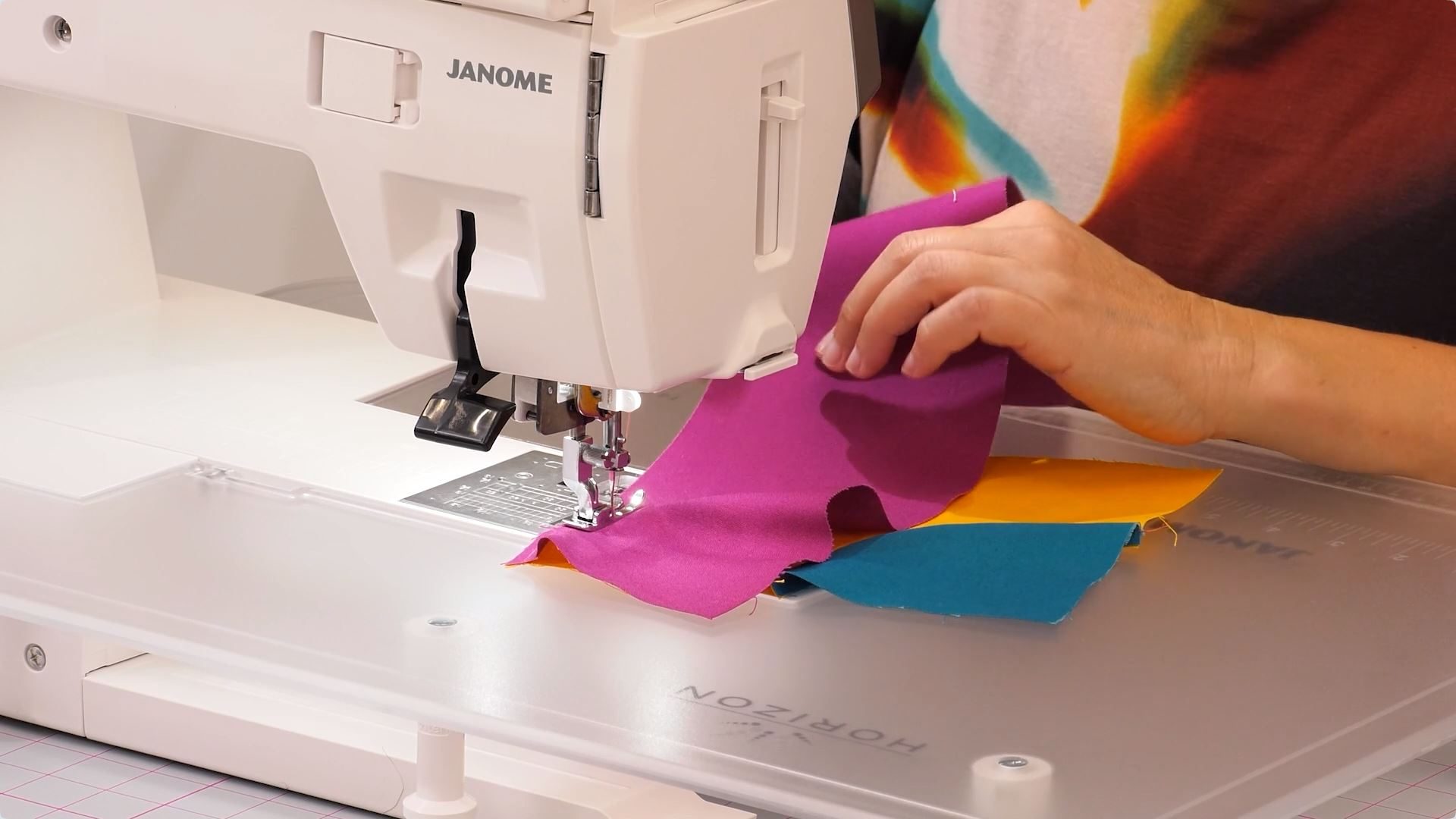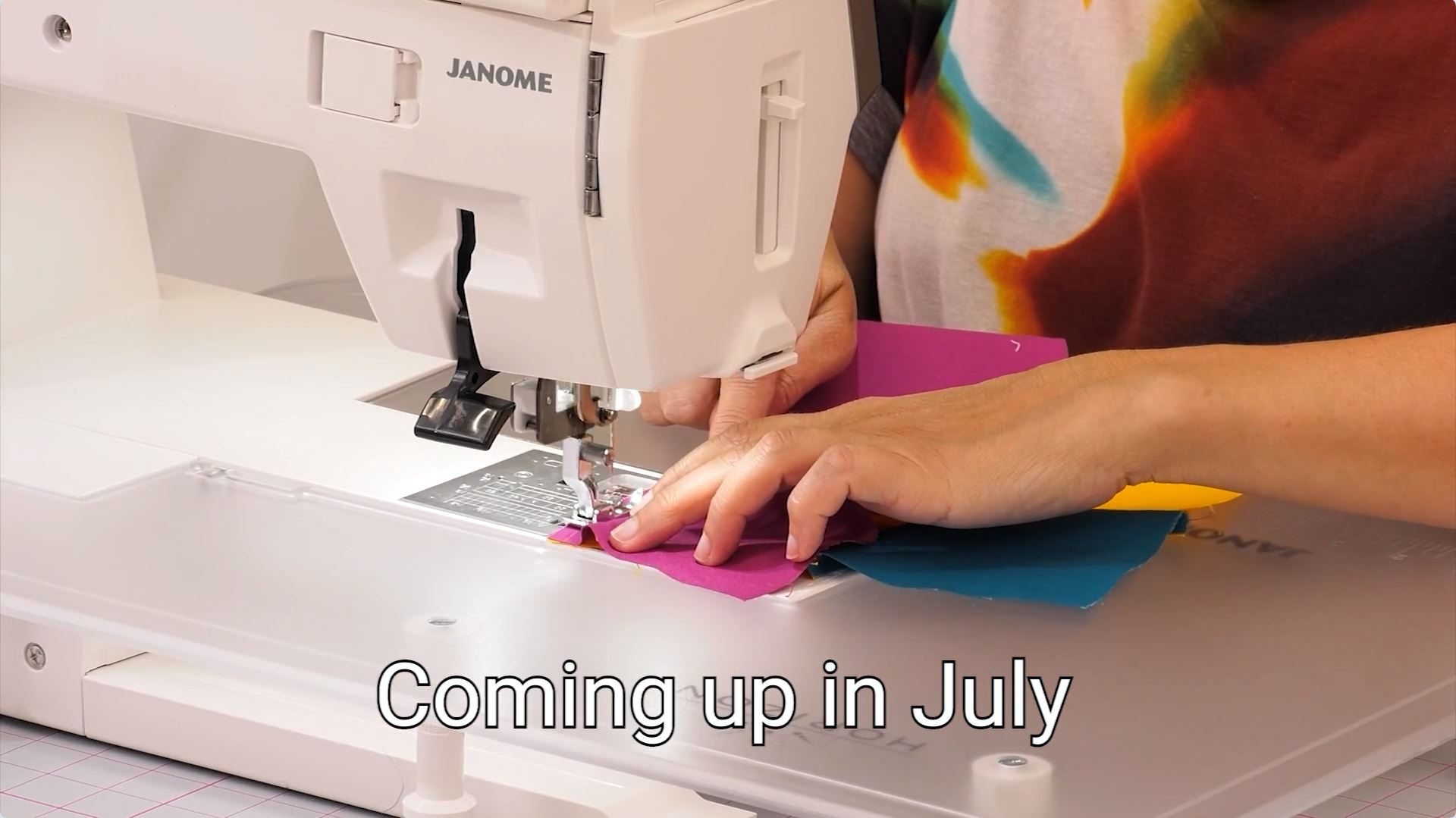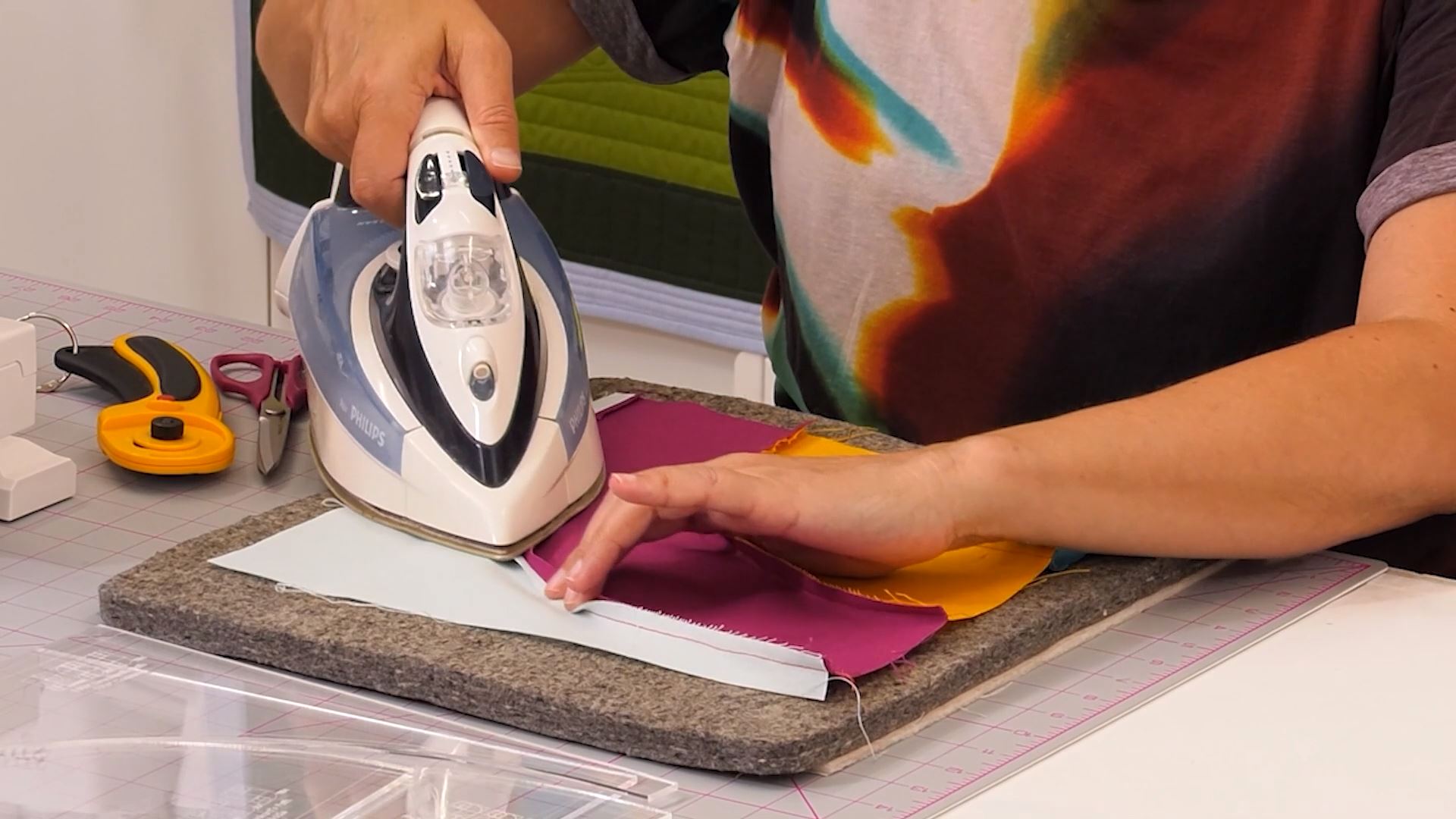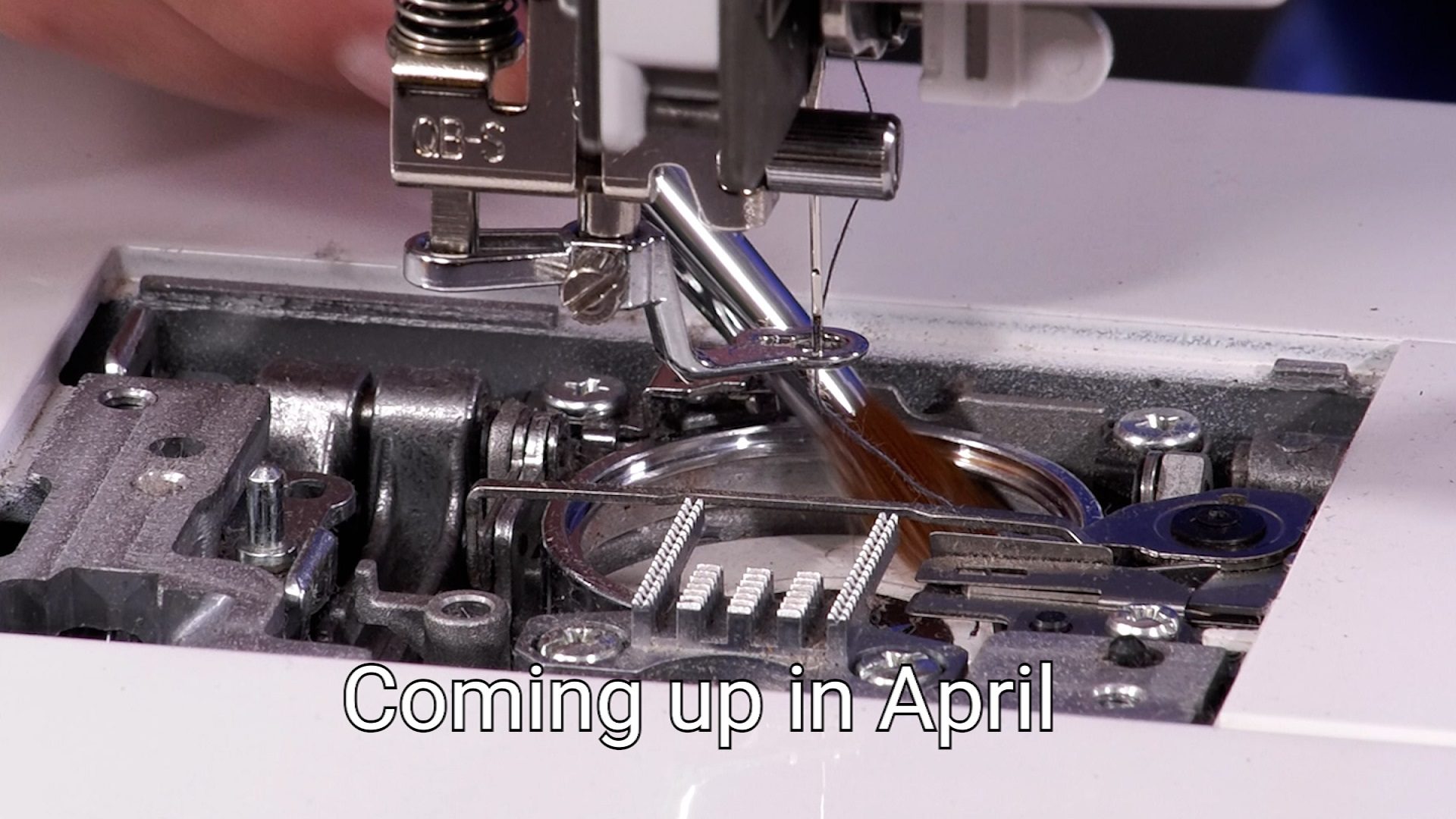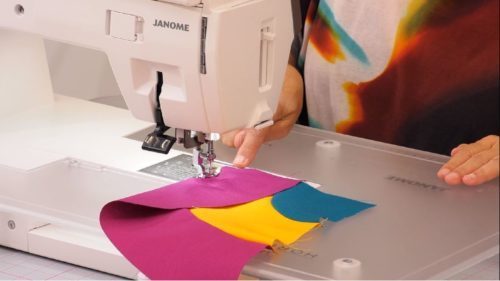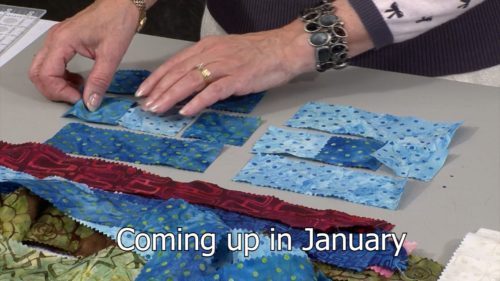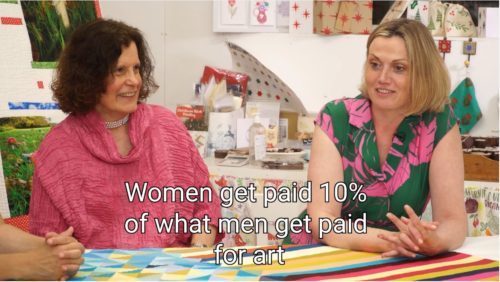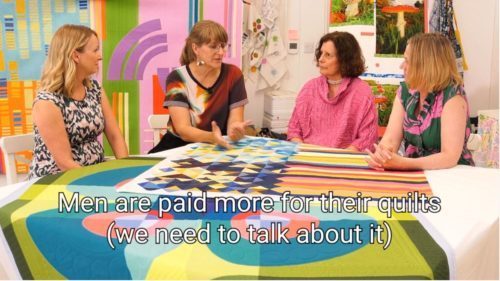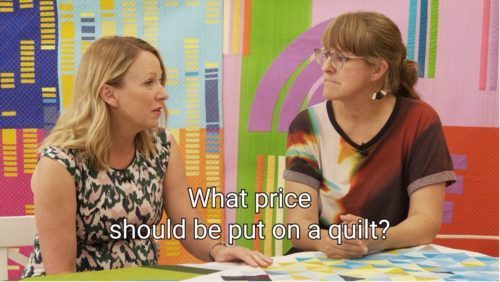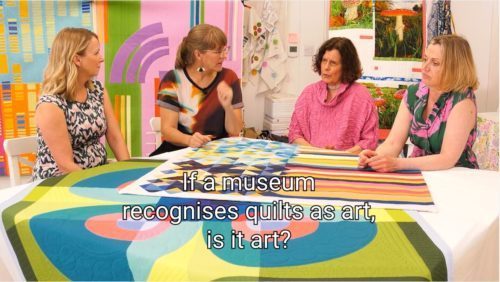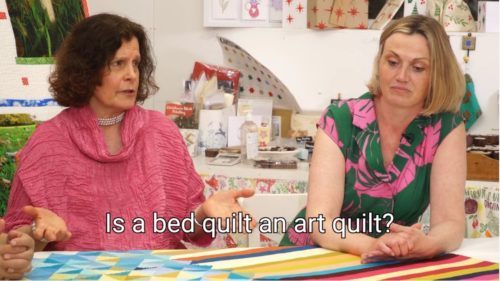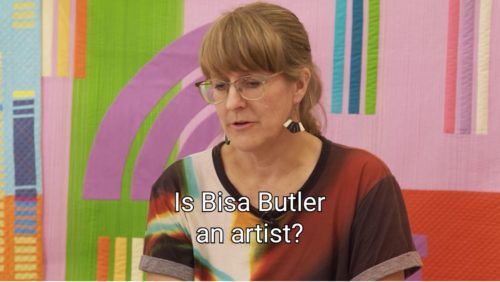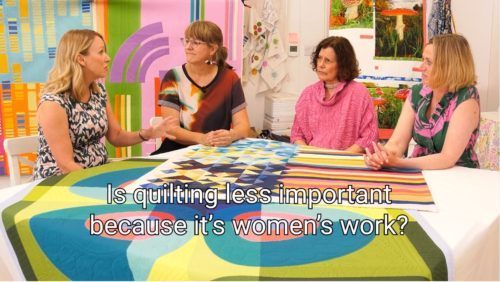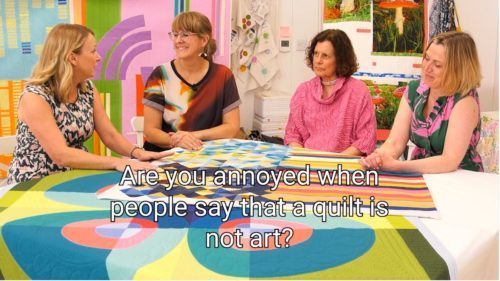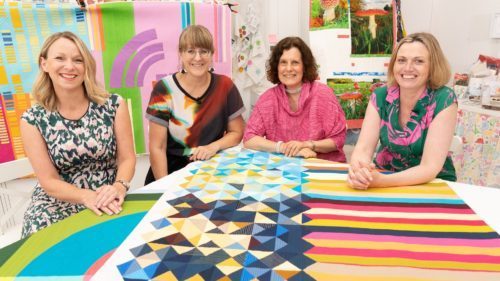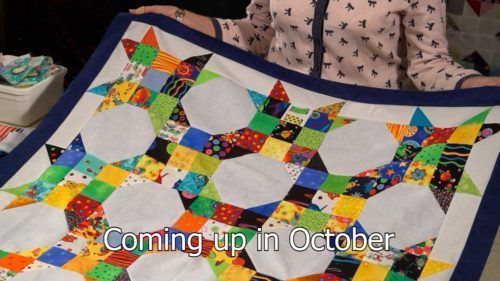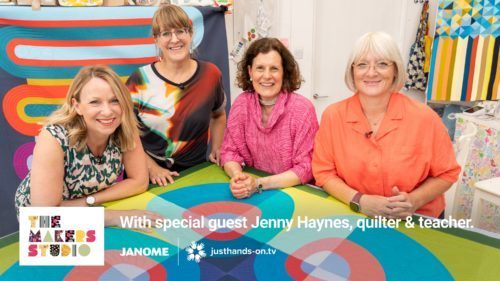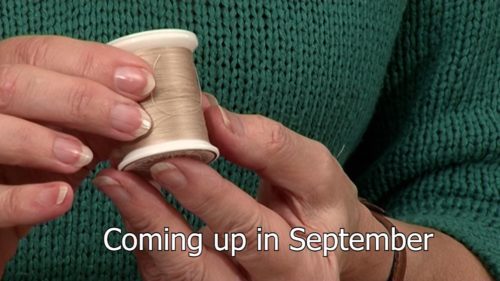About Jenny
Jenny is a modern quilt designer and teacher known for her colourful, curvy machine pieced patterns.
Jenny Haynes (née Nilsson) studied Pattern Cutting and Tailoring in her native Stockholm. Soon after, she followed her passion for fabrics and moved to London to study Fashion and Textiles at the London College of Fashion. She went on to develop her own label ‘Papper, Sax, Sten’ (that’s ‘Paper, Scissors, Stone’ in case you’re wondering!), creating award-winning designs that reflect her many different influences. She is based out of Sheffield, now.
Her bespoke quilts and furnishings are recognised for their clean and simple, mid-century modern design. Jenny mixes rich colours with pastels and is not scared of a colour clash. She often uses her trademark curves together with solid fabrics, while remaining faithful to her Scandi’ roots.
Jenny’s work was recognised in Summer 2015 when Jenny was invited by the Swedish Chamber of Commerce, along with 18 other Swedish designers, to be a part of Heal’s Swedish Summer Exhibition. Heal’s have a long history of promoting Swedish design with exhibitions in 1923, 1951 and 1971.
Her quilts and patterns appear regularly in books and magazines, including Thames & Hudson for the V&A and in Patchwork & Quilting: A Maker’s Guide, ‘Designed by teachers and practitioners at the leading edge of today’s craft revival.
Two of her quilts won awards at QuiltCon 2019 in Nashville. QuiltCon is arranged by the Modern Quilt Guild and is the biggest exhibition of modern quilts in the World.
When Jenny isn’t designing her curvy and quirky quilt patterns, she teaches at the V&A as well as giving talks and running workshops for Guilds and textile venues in the UK and abroad. She also offers live online workshops.
You can watch Jenny demonstrate how to sew no pin curves in this episode of The Makers Studio series.
Signature Technique
Colourful curvy quilt patterns
Top Tips
- Use a shorter stitch length (1.8) for stitching curves to give your block extra strength and to avoid splitting in the seam.
- When colours clash a bit it gives your quilt spark.
- When sewing curves, always start with the smallest curve then work your way up.
- Your finger is the pin when sewing no pin curves.
- Always finish all of your piecing before pressing your block. It’s easy to stretch your block out of shape if you press before you are done.
- Press your seams open for a flat, block print like finish.
- Use a tailor’s block to help you seams stay flat.
- Precise and variable quilting designs help to enhance the organic shapes in your quilt.
Videos
Patterns
Posts
Is backstitching necessary for strip piecing?
Question from Youtube
Still a little new to quilting and enjoy it already! One thing I noticed is that you didn't back stitch when starting to join a new row. Is it necessary? Thanks, I know this is probably a simple question. Answer Nope the backwards and forwards and fixing stuff isn't necesary as you will be sewing across at rightangles at some future point (and at the time of sewing you don't know where you will be cutting). Make sure the stitch length isn't too long though - 2.2 or 2.4 is perfect for strip piecing (and piecing in general).
Recyling men’s ties
Question: Having watched the video: (click here to view) How many ties were used to make the quilt in the video, recycling men’s ties? I would like to make a quilt the same size as the one in the video. Would you recommend this project to a beginning quilter? Answer from Valerie
Sorry I can't recall how many ties I used BUT each tie contains a huge amount of fabric once its unravelled and if you cut into uneven strips then you can use it all (I still have a stash of large scraps for another quilt);
Its a great quilt for beginners BUT remember that the ties are on the bias of the grain so the strips will move until you anchor them onto their calico (or similar) backing - if you are a complete beginner spray starch may help you during the sewing process.
Its extremely forgiving especially since you can trim the blocks back to be exactly the same size as each other - whether you use the complete block of ties or couple it with a plain piece of fabric to make the half-square triangle unit - which in turn means you need to make only half the number of original blocks.
A few nice comments from you
Hi everybody really a good website will watch this space more often Jill Sent from my iPad (Oct 2013) Just to say that I think Carolyn Forster is a very good demonstrator. She speaks clearly and without a dull monotonous voice which some of your speakers unfortunately have! Her projects are also fairly easy to follow. Secondly, I really enjoyed Kaffe`s exhibition of his quilts in Wales. It was very interesting listening to Jen Jones talk about his work. Pity it is so far away to visit!


